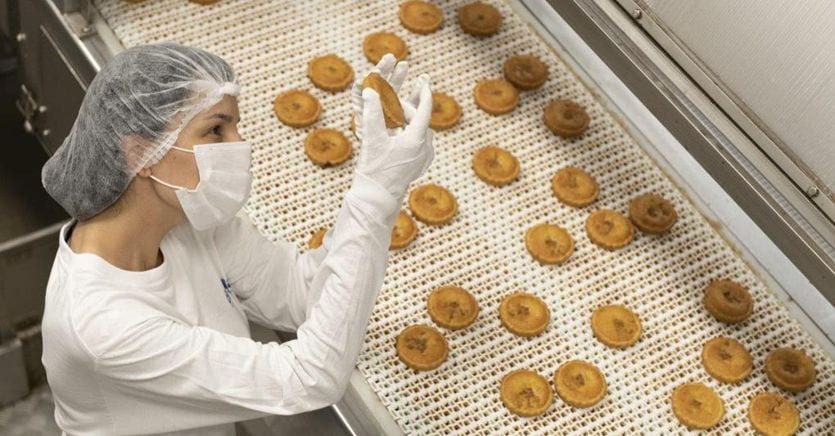“Centromarca was and remains widely available to discuss with the Government, at the same table involving modern distribution companies to think about the possible outlets to unblock a complex situation that has affected the supply chain and the country” says Francesco Mutti, president of the association that represents the branded consumer packaged industry (Lcc). At the table will be a fourth subject: inflation hitting the shopping cart. In fact, Mutti speaks of a perfect storm unleashed by a price race not seen since the 1980s and of how Lcc producers are no longer able to sustain the increases in raw material and energy prices. “Almost a third of companies risk working with negative margins even by transferring the costs incurred downstream – continues Mutti – and 18% of industry revenues are at risk due to price increases”. According to a Prometeia analysis presented by Mutti, only one producer out of two today would be able to absorb 50% of the increases in operating costs while safeguarding margins. «It is the signal that the situation for companies is no longer sustainable» the president pressed, recalling the numbers of the supply chain: 59,000 companies generating 180 billion in revenues. Their counterparts are purchasing centers and hyper-concentrated large-scale distribution. Marginality also down for the large-scale distribution and, as Marco Pedroni, president of the Adm (Modern Distribution Association) recently recalled, “when the final figures come out they will be close to zero if not negative”.
Inflation will be stable in the first half of 2023 before declining in the second half of the year. These are the forecasts of Angelo Massaro, general manager of Iri, which envisages two scenarios: the first with growth of 3.8% and the other around 7%. “This second scenario would lead to a sharp contraction in volumes”. It seems destined to continue the trading down strategy implemented by families who buy cheaper and lower quality products than in the past “with a rush of consumers towards the discount channel”. Then there is the offer with the private label with a market share of 20% but for some chains it reaches 50-60%. Overall, according to Massaro, sales volumes are holding at -0.5% at the end of 2022, but this phenomenon has worsened in the last quarter.
A scenario that occurs in other European markets such as France where suppliers and large-scale distribution are at loggerheads due to price increases. The National Assembly is working on a bill for negotiation between the two parties, also resorting to a mediator appointed by the Ministry of the Economy. In Italy, producers can freely intervene on prices in compliance with antitrust regulations with open negotiations with purchasing centers and brands.
